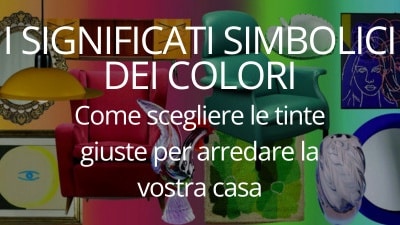Seats and the birth of design

Before the Design
Imagine finding yourself in a completely empty living room. No furniture, white walls, windows wide open onto the dense shroud of “schighera” (that impenetrable fog typical of Lombardy). This frightening emptiness is the prelude to a new beginning: the era of design. This is what we will discuss in a small serialized column dedicated to seating.
The ruins of the Second World War are still smoldering, and the memory of those difficult years is still very vivid, but the fog is beginning to clear and reveal new and unexpected possibilities. In this new horizon, Italians rediscover comfort and the ability to feel at ease once again, welcomed by armchairs and sofas. Sofas? Yes, you heard it right, this new phase also began thanks to sofas, which became one of the symbols of the change brought by reconstruction and the economic boom.
For the first time, many people could benefit from renewed well-being, and furniture became the tangible sign of newfound tranquility and the opportunity to finally treat oneself well with chosen and refined materials. Sofas and armchairs began to arrive in living rooms, transforming homes into more welcoming and pleasant spaces. Yes, even furniture has contributed to filling Italian homes and lives with warmth and new hopes. In all shapes and colors, answering to a single watchword: functionality, and this is a true conquest.
The Golden Age of Design

The era between the 1950s and 1970s provided great opportunities for experimentation and creativity in form and materials. During these years, we witnessed a flourishing of Italian design excellence and a production of the highest quality craftsmanship. In this first episode, we will tell you about the pioneers of this phase, about brilliant designers and their iconic creations that transformed that era and the way seating was conceived, creating true works of art now exhibited in museums.
We cannot certainly forget the D70 sofa, designed by Osvaldo Borsani for Tecno: functional and elegant, the winged sofa bed with a reclinable backrest that can assume any angle was introduced at the Triennale in 1954 and remains, even today, a valuable example of industrial design.

Another example of excellence is the Camaleonda sofa by Mario Bellini. Displayed at MoMA for the originality of its experimental modular structure that allows it to be recombined and readjusted, enabling endless spatial combinations. However, more than in museums, it is interesting to observe sofas and armchairs in their natural environment, the living rooms and lounges actually lived in. Even earlier, it is fascinating to return to the origins to discover that sometimes these artistic creations were born in factories.

The collaboration between designers and furniture makers between the 1950s and 1970s
We move from art galleries to industrious Brianza, where historic companies like Cassina and Artflex were protagonists of this transformation. It is precisely in this manufacturing environment that the dialogue between designers and architects was established. The creativity of great architects like Gio Ponti and Franco Albini meets here the solid experience in industrial and artisan production of famous companies, giving rise to creative collaborations for the invention of innovative furniture objects that achieved great popularity.
In the 1950s, Gio Ponti was one of the first to experiment with this new reality, inaugurating a season of important collaborations with Cassina. The designer’s research focused on simplicity through careful study of form and choice of modern, lightweight materials. The goal was to bring as much simplicity and lightness as possible into Italian homes, to give people who had emerged from the difficult years of war the appreciated value of simplicity.

From the partnership with Cassina came seating that has stood the test of time, such as the Distex, an armchair with clean, light lines, or Super Leggera, an incredible creation that can be lifted with just one finger. Behind this chair is a story of experience, passion, and careful research into lightness.
It was necessary for the artist to study materials even deeper, listening to the wood to find the right type, and in 1957 the final model was finally born: a clever combination of ash wood and Indian cane led to the innovative revolution of the Super Leggera.







